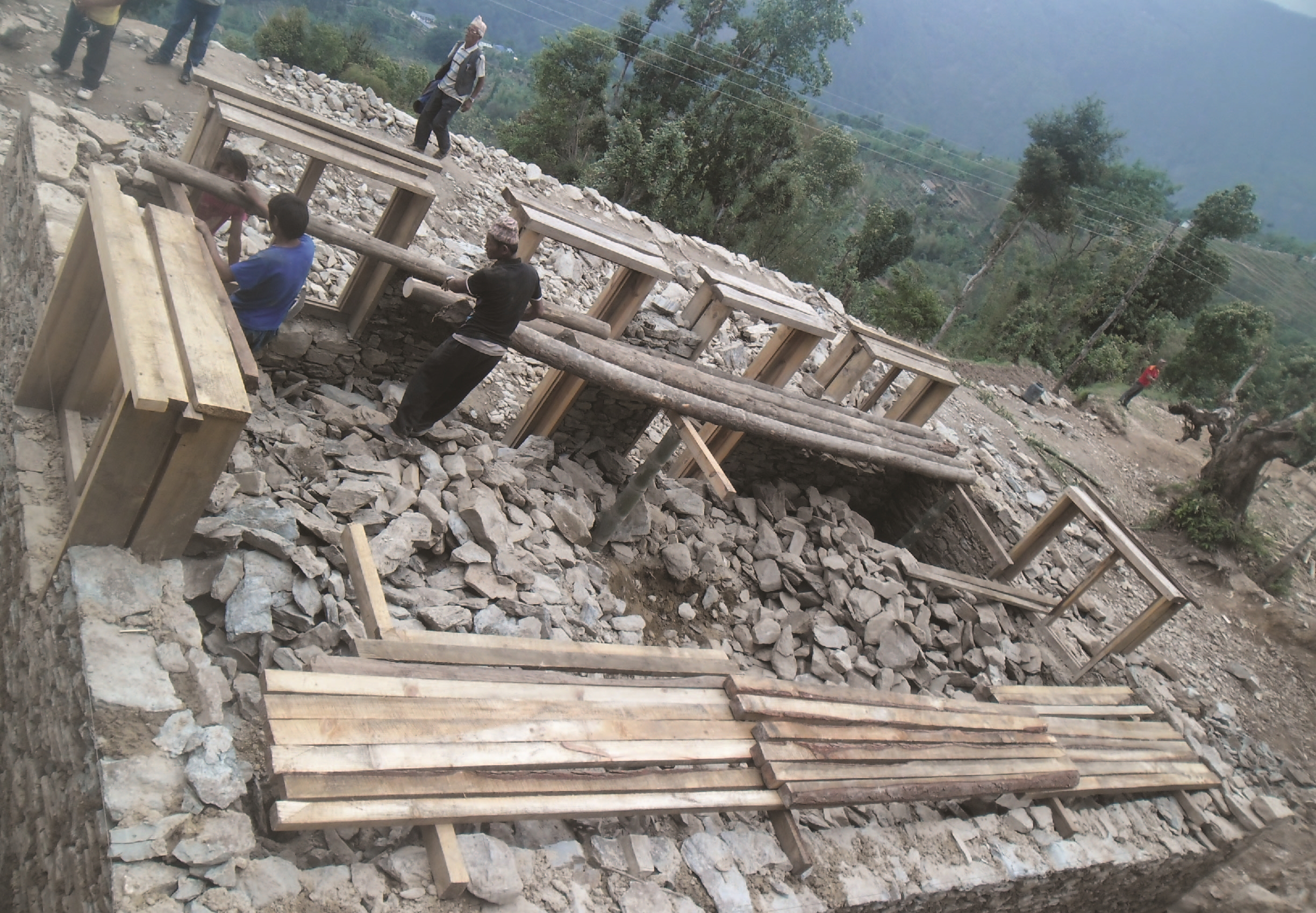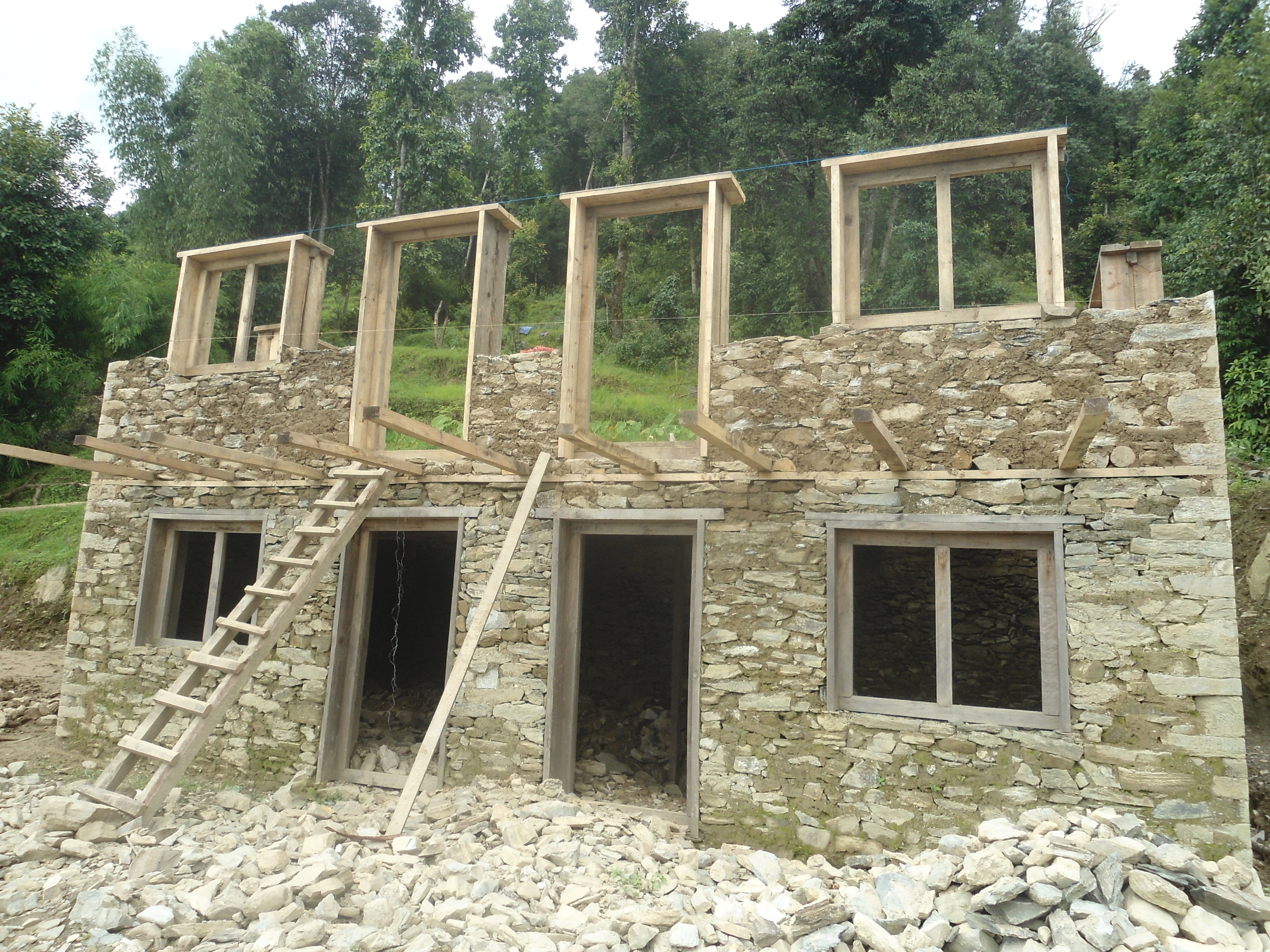Agroforestry education
PROJECT SUMMARY
Partners: EcoHimal
Location: Mountain region: Deusa VDC in the Solukhumbu district
Agroforestry is a term that spans many different land management techniques, but in a broad sense it refers to growing a combination of trees and crops and rearing animals in the same area. The benefits are equally as wide ranging, from providing ecological services such as soil and water conservation to enhancing the local economy through the growth of cash crops. Essentially, it is a holistic approach to sustainable agriculture.
Problem: climate change linked with land pressures that are threatening food production. Negative effects include: soil erosion, forest degradation, irregular precipitation, droughts, low productivity of land, shrinking water resources, landslides, migration to towns/cities for work instead.
Solution: to teach communities, (including farmers and school students) from local and neighbouring VDCs about agroforestry, climate resilient farming practices and to enable these to be put into practice by producing the resources needed (e.g. tree seedlings, and technical support). A hoped for tertiary effect, is to stem the migration (of primarily the youth) from the VDC to urban areas. Therefore, TGT funded an EcoHimal project to build an Agro-Forestry Resource Centre (AFRC) pictured below from the start of building to completion.
The AFRC is a centre for both classroom and demonstration plot teaching in the practice of agroforestry.
In the simplest of terms, agro-forestry essentially encompasses a holistic approach to agriculture and environmental resource management. It includes cultivation of crops, vegetables, fruits, livestock, and trees in a sustainable and efficient manner using water conservation and storage techniques and environmental education. This technique represents an extremely viable practice in the face of climate change and through the education provided by the AFRC it enhances:
- Soil fertility
- Water conservation and aquifer recharge
- Slope stability
- Crop diversification (e.g. a communities ability to grow/sell cash crop)
- Reforestation
- Knowledge of climate smart farming technologies/practices and improved seeds
- Animal husbandry
- Fertiliser and organic pesticide production
- Market access
- Community mobilisation and togetherness (shown by the amount of voluntary work in construction of the AFRC building).
The AFRC officially began teaching in 2013, even though the building was not finished until 2015 (hence proving the want and need for such an establishment). We began taking residential students at the beginning of 2014 in rented accommodation and aim to have between 50-80 students per year. This project demonstrates an exemplary way to mobilise communities and enable them to adapt to climate change. The centre aims to become self-supporting in the coming few years, through sales of seeds and seedlings, agro-produce, and rental to other organisations.





